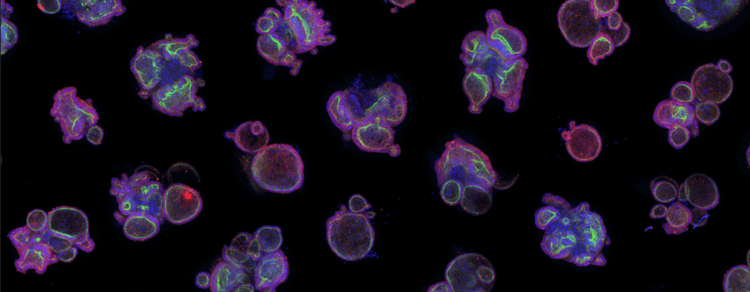
ON-DEMAND WEBINAR
A new standard in organoid culture and image-based analyses
Optimize your 3D culture workflows to deliver robust, reproducible results at scale.

A new standard in organoid culture and image-based analyses
The need to reduce drug attrition rates and the use of animal experimentation has led to the development of more complex in vitro models such as organoids. While organoids hold great potential for drug toxicity and efficacy assessment, their complexity introduces challenges that can hinder their wider use in existing drug development workflows.
Join the experts as they discuss how to standardize and optimize your 3D cultures to fully automate your organoid workflows and deliver robust, reproducible results.
Key takeaways include:
- How to overcome the complexities of organoid imaging and assays
- How to leverage label-free imaging and AI-based analysis for phenotypic profiling
- How to screen 3D organoid models with high-content image and analysis
Heading
Register to download on-demand webinar now
Product family
Imaging
Product primary application
ImageXpress Confocal HT.ai; IN Carta Image Analysis Software
cmp
7014u000001AOugAAG
Title
A new standard in organoid culture and image-based analyses
Resource URL
Resource Image URL
